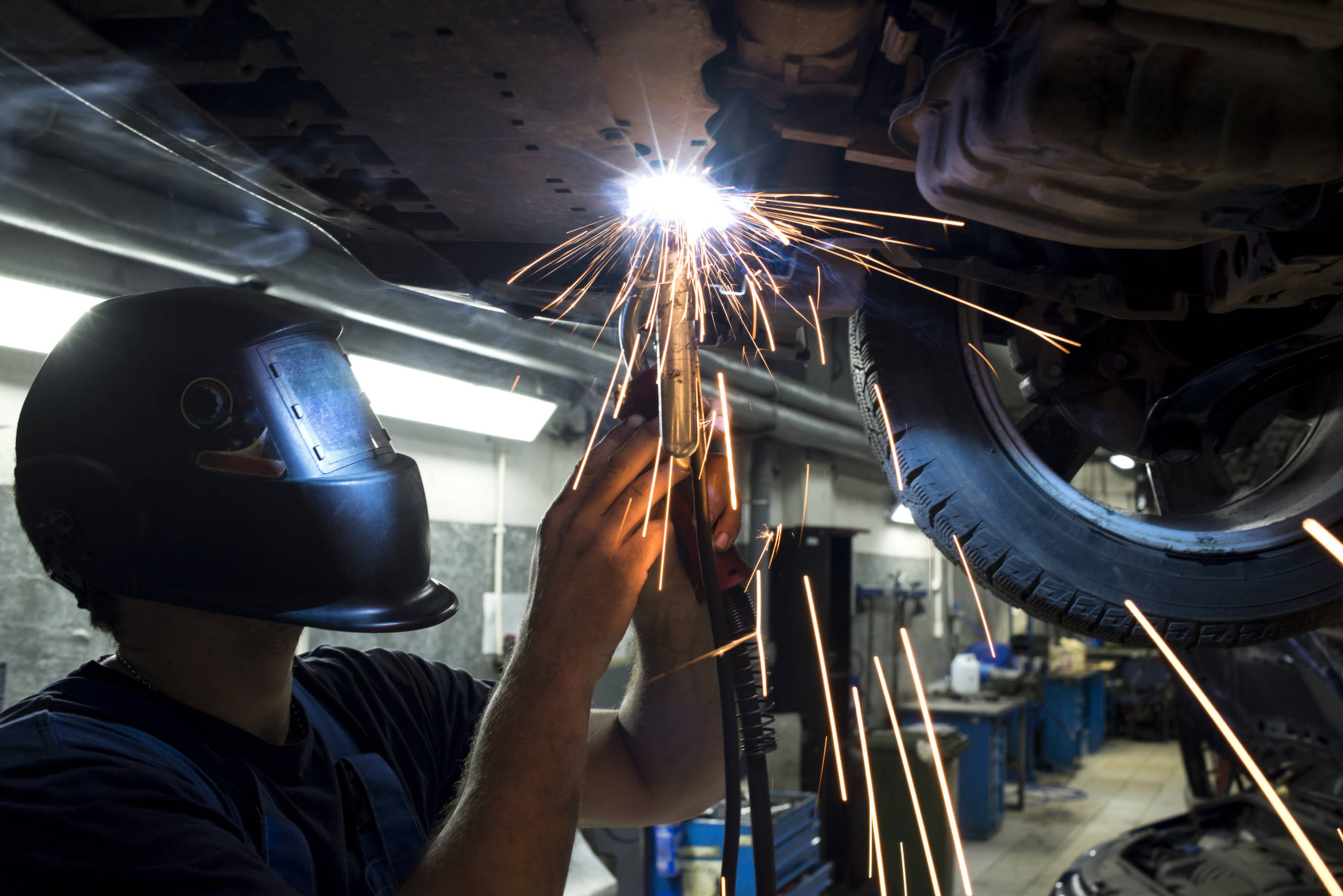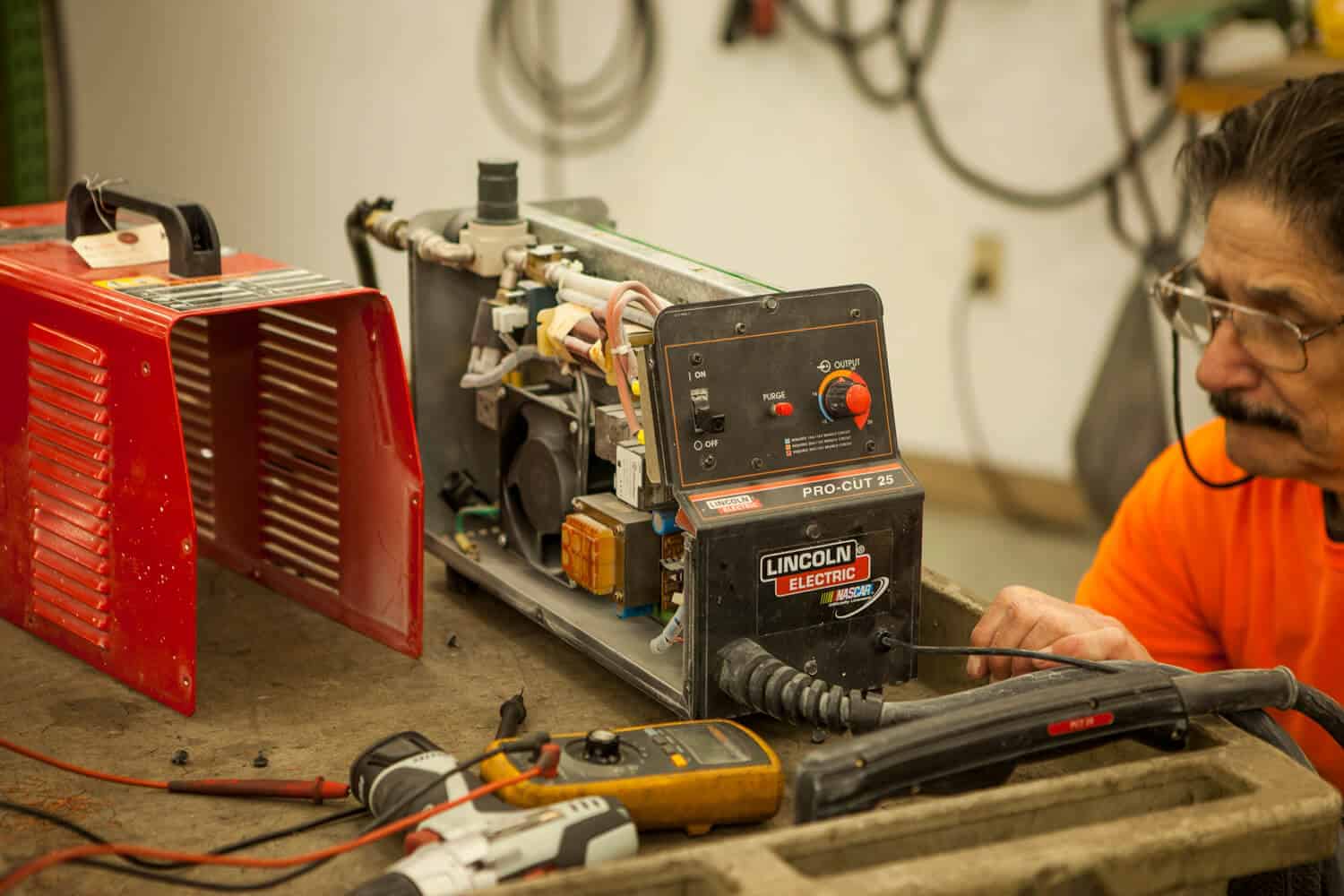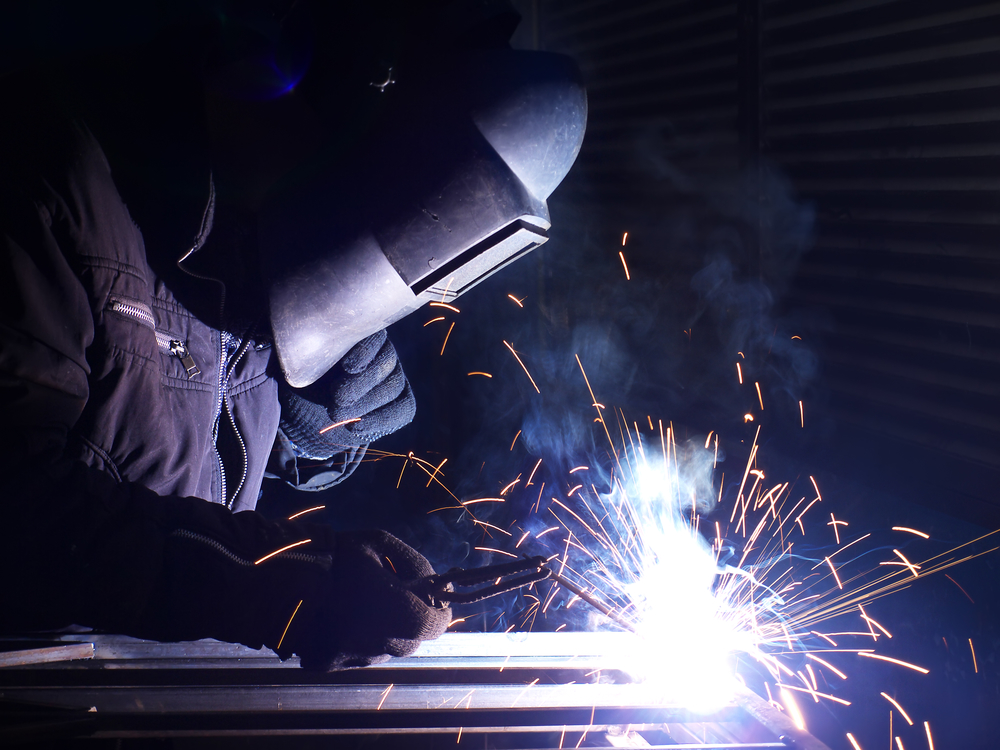Reliable fixes for poor fusion from Montana Mobile Welding and Repair
Wiki Article
Typical Welding Repair Service Issues and Exactly How to Address Them Successfully
Welding fixings commonly run into a variety of concerns that can threaten the honesty of the last product. Usual issues consist of insufficient penetration, porosity, and imbalance, to name a few. Each problem provides one-of-a-kind challenges that need particular methods for resolution. Understanding these concerns is important for welders aiming to enhance their outcomes and skills. This conversation will check out these usual welding fixing issues and efficient techniques to resolve them.Insufficient Infiltration
Poor penetration takes place when the weld steel stops working to completely fuse with the base material, causing weak joints and possible structural failures. This concern commonly comes from insufficient warm input, incorrect electrode angle, or inappropriate welding rate. Welders may run into poor infiltration as a result of a mistake of the essential criteria for a particular product thickness or kind. Furthermore, contamination on the base product's surface can prevent effective bonding, intensifying the problem. To deal with insufficient infiltration, welders should assure proper setups on their devices and keep a tidy work surface area. Normal examination of welds is suggested to identify any type of deficiencies early, enabling timely modifications and the avoidance of compromised architectural stability in bonded assemblies.Porosity
Porosity is a typical problem in bonded joints that materializes as tiny gas bubbles entraped within the weld metal. This flaw can endanger the stability of the weld, bring about reduced strength and prospective failing under anxiety. Belgrade Welding. Porosity normally emerges from contamination, moisture, or inappropriate welding strategies, which allow gases to get away right into the liquified weld swimming pool. To address porosity, welders should assure appropriate surface area preparation, keep a clean workplace, and utilize suitable welding criteria. Additionally, picking the right filler material and securing gas can alleviate gas entrapment. Regular inspection and testing of welds can help recognize porosity early, guaranteeing timely corrective activities are taken, consequently preserving the high quality and integrity of the welded frameworkImbalance
Imbalance in welding can emerge from numerous aspects, consisting of improper setup and thermal growth. Comprehending the origin creates is important for efficient resolution. Numerous modification methods are available to straighten elements and guarantee structural honesty.Root causes of Imbalance
Welding misalignment usually originates from a selection of underlying concerns that can endanger structural honesty. One key cause is improper fit-up of elements prior to welding, which can lead to gaps and unequal surface areas. Variants in thermal development throughout the welding process can additionally lead to distortion, especially if the products being signed up with have various coefficients of expansion. Furthermore, insufficient clamping and fixturing might fail to hold elements safely in place, bring about motion during welding. Inadequately maintained tools, consisting of welding devices and devices, might present disparities in the weld bead, further adding to imbalance. Operator error, stemming from inadequate training or experience, can also play a significant duty in developing misaligned welds.
Modification Methods Readily Available
Dealing with misalignment successfully needs a combination of corrective methods customized to the particular concerns available. One typical approach is using fixtures or jigs to hold parts in the proper position during welding, guaranteeing consistent alignment. Additionally, pre-heating the products can aid reduce distortion and improve fit-up. For significant imbalance, mechanical realignment methods, such as using hydraulic jacks or clamps, can be utilized to fix the placement before welding. Post-weld warmth therapy may likewise be needed to alleviate tensions triggered by imbalance. Mindful inspection and modification throughout the setup phase can protect against imbalance problems from ending up being substantial problems, advertising a smoother welding process and boosting total structural stability.Distortion
Distortion is a common challenge in welding that can occur from numerous variables, including irregular heating & cooling. Comprehending the root causes of distortion is essential for carrying out reliable avoidance methods. Resolving this problem not just boosts architectural honesty however also boosts the general quality of the weld.Reasons for Distortion
When subjected to the extreme warm of welding, products usually undergo adjustments that can bring about distortion. This sensation mainly occurs from thermal growth and contraction throughout the welding process. As the weld location warms up, the material increases; upon cooling, it contracts, which can produce inner stress and anxieties. Additionally, uneven home heating throughout a work surface can exacerbate these stress and anxieties, leading to bending or flexing. The type of product likewise plays a significant role; steels with varying thermal conductivity and coefficients of development may react in different ways, leading to unforeseeable distortions. In addition, inadequate joint style and insufficient fixturing can contribute to imbalance during welding, enhancing the probability of distortion. Comprehending these causes is essential for effective welding repair and avoidance strategies.Prevention Techniques
Efficient prevention techniques for distortion throughout welding emphasis on managing warm input and ensuring appropriate joint layout. Preserving a consistent warm input assists to lessen thermal development and tightening, which can lead to distortion. Utilizing methods such as preheating the work surface can likewise lower the temperature level gradient, advertising uniform heating. Furthermore, picking suitable joint designs, such as T-joints or lap joints, can enhance stability and lower anxiety concentrations. Carrying out proper fixturing to safeguard the work surfaces in position additionally aids in maintaining positioning throughout the welding procedure. Ultimately, staggered welding sequences can distribute heat a lot more evenly, stopping localized distortion. By applying these approaches, welders can considerably lower the chance of distortion and enhance the general high quality of their welds.Splitting
Breaking is a common problem come across in welding fixings, typically arising from numerous variables such as inappropriate cooling rates, material choice, or inadequate joint prep work. The occurrence of cracks can substantially compromise the honesty of the weld, causing prospective failures throughout procedure. To address this issue, welders need to initially examine the origin, making certain that products are compatible and suitably chosen for the certain application. Furthermore, regulating the cooling rate throughout the welding process is essential; quick air conditioning can induce stress and bring about splitting. Correct joint design and prep work additionally add to decreasing the danger. Implementing these methods can improve weld top quality and sturdiness, ultimately reducing the likelihood of splitting in completed weldments.
Incomplete Blend
A substantial concern in welding repair services is insufficient blend, which happens when the weld steel does not properly bond with the base material or previous weld passes - Montana Mobile Welding and Repair Belgrade Welding. This issue can result in weak points in the joint, possibly jeopardizing the stability of the bonded framework. Factors adding to insufficient blend include not enough heat input, improper welding method, and contamination of the surface areas being joined. To resolve this concern efficiently, welders should assure proper pre-weld cleansing and surface prep work, along with readjust their welding specifications to achieve sufficient infiltration and combination. Routine assessment during the welding procedure can additionally assist determine insufficient fusion early, permitting timely corrective actions to boost the overall quality of the weldOverheating
While welding repair work can boost architectural stability, overheating presents a significant challenge that can cause product deterioration. Excessive warmth during welding can change the try these out mechanical residential or commercial properties of steels, resulting in lowered stamina, increased brittleness, and bending. This phenomenon is especially essential in high-stress applications where architectural dependability is critical. Recognizing getting too hot can involve aesthetic assessments for staining or distortion, along with keeping an eye on temperature level throughout the welding procedure. To minimize the risks related to getting too hot, Click This Link welders should use suitable methods, such as controlling heat input, readjusting travel speed, and making use of appropriate filler materials. Additionally, executing pre- and post-weld heat therapies can help recover product residential properties and enhance the overall high quality of the repair service, making sure lasting performance and safety and security.Frequently Asked Concerns
What Are the Common Signs of a Welding Defect?

How Can I Examine My Welds for Top quality?
To test welds for quality, one can make use of visual examinations, ultrasonic screening, and radiographic approaches. Each strategy ensures structural honesty, identifies problems, and validates adherence to specified criteria, ultimately enhancing the dependability of the welded joints.What Safety and security Preventative Measures Should I Take While Welding?
When welding, one need to prioritize safety by using suitable individual protective tools, guaranteeing proper air flow, securing combustible products away, keeping a tidy work area, and understanding surroundings to stop mishaps and injuries.Can I Fix a Weld Without Renovating the Entire Joint?
Repairing a weld without renovating the entire joint is feasible, relying on the damages (Welding). Techniques such as grinding, adding filler material, or utilizing a welding procedure can efficiently resolve particular flaws while preserving the surrounding frameworkWhat Tools Are Crucial for Reliable Welding Services?
Essential devices for efficient welding repairs consist of a welding machine, wire brush, grinder, protective equipment, clamps, and filler products. Each tool plays a vital function in ensuring high quality and safety throughout the repair process. Porosity usually arises from contamination, dampness, or inappropriate welding strategies, which enable gases to run away right into the liquified weld pool. Improperly conserved equipment, including welding devices and devices, may introduce inconsistencies in the weld bead, further adding to imbalance. When subjected to the intense warm of welding, products usually undertake modifications that can lead to distortion. Splitting is a common issue come across in welding fixings, frequently resulting from different factors such as inappropriate air conditioning rates, product selection, or inadequate joint preparation. A substantial issue in welding repair work is incomplete combination, which happens when the weld metal does not effectively bond with the base product or previous weld passes.Report this wiki page